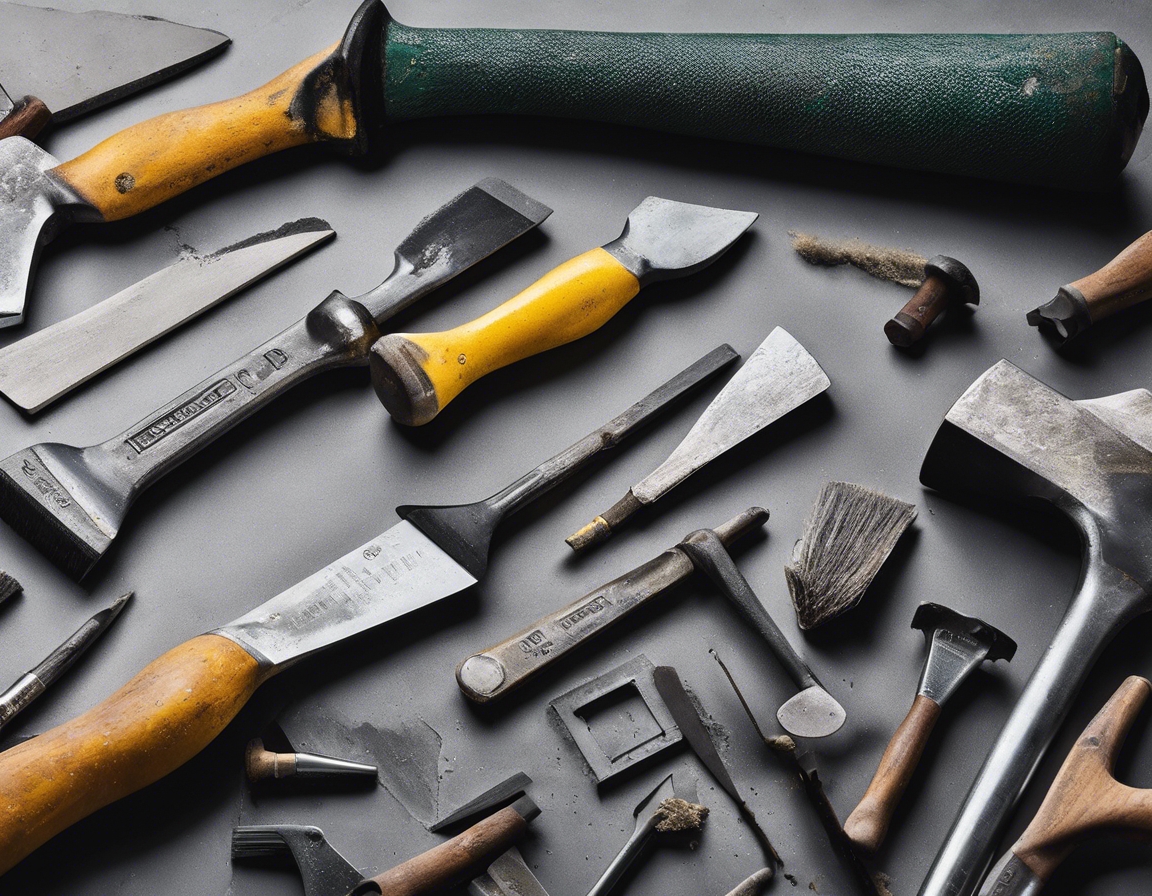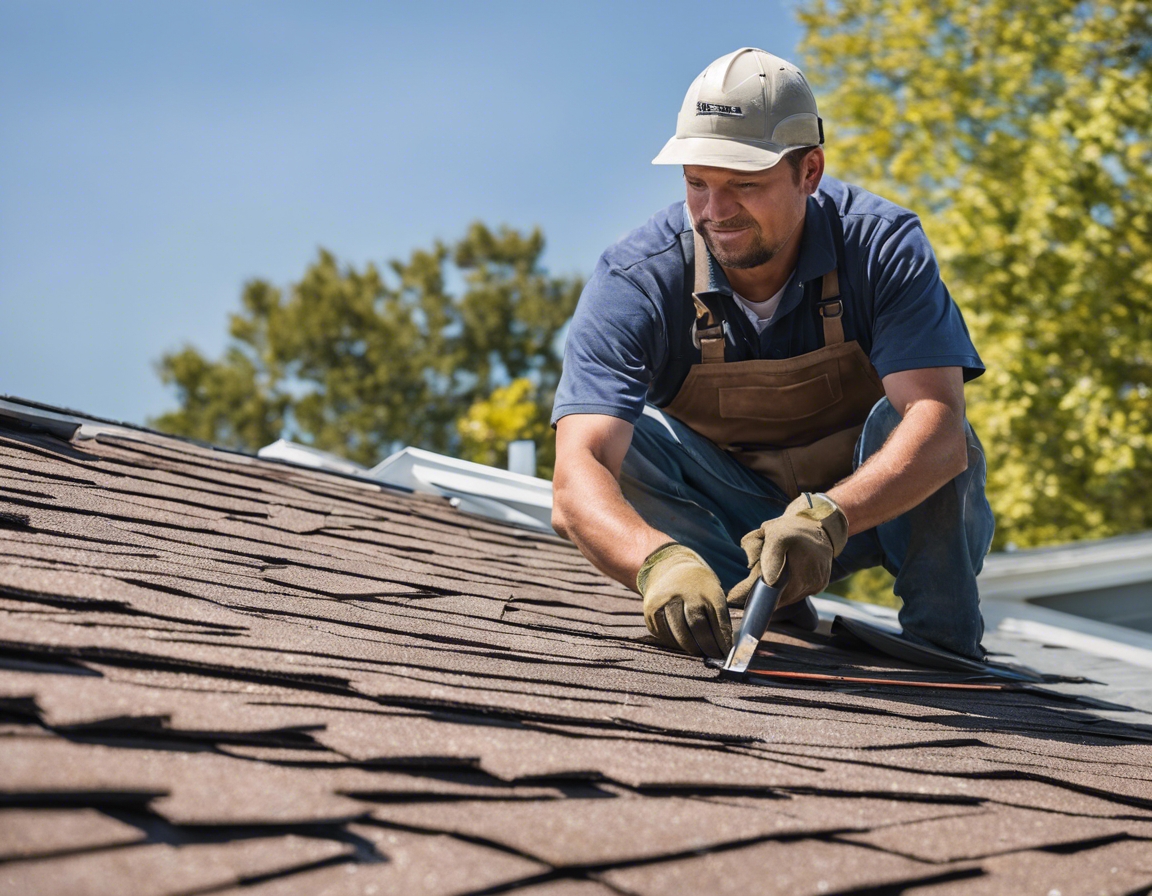5 sustainable materials revolutionizing construction
As the construction industry evolves, a significant shift towards sustainability is taking place. Sustainable materials are becoming increasingly important in the face of environmental concerns and the need for more responsible building practices. In this article, we will explore five materials that are making a substantial impact on the construction sector with their eco-friendly properties.
1. Cross-Laminated Timber (CLT)
Cross-Laminated Timber is an engineered wood product made by gluing together layers of solid-sawn lumber, each layer oriented perpendicular to the previous. This process gives CLT exceptional strength and stability, making it a viable alternative to concrete and steel in building construction.
CLT offers numerous benefits, including its lightweight nature, which reduces transportation emissions, and its ability to sequester carbon, thereby reducing the overall carbon footprint of a building. Its prefabrication leads to faster construction times and less waste on-site.
2. Bamboo
Bamboo is one of the fastest-growing plants on Earth, making it an incredibly renewable resource. Its natural tensile strength rivals that of many metals, and it can be used in a variety of construction applications.
Bamboo's rapid growth cycle and minimal need for fertilizers or pesticides make it a sustainable choice. It is also biodegradable and has the potential to be used in everything from scaffolding to flooring and structural elements.
3. Recycled Steel
Steel is one of the most recycled materials in the world. The process of recycling steel involves melting down scrap steel and reforming it into new products, including beams and girders for construction.
Using recycled steel reduces the need for raw materials and the energy-intensive process of steel production. It also minimizes waste in landfills and can significantly lower greenhouse gas emissions.
4. Ferrock
Ferrock is a relatively new material made from recycled materials such as steel dust. It hardens and absorbs carbon dioxide, making it even stronger than traditional concrete.
The carbon dioxide absorption during the curing process makes Ferrock a carbon-negative material. It also utilizes waste products that would otherwise contribute to landfill mass.
5. Hempcrete
Hempcrete is a bio-composite material that combines hemp fibers with lime-based binders. It is used for insulation and as a construction material in place of traditional concrete.
Hempcrete is lightweight, breathable, and has excellent thermal properties. It is also a carbon-negative material, as hemp absorbs carbon dioxide during its growth, which is then sequestered in the Hempcrete.





Comments (0)